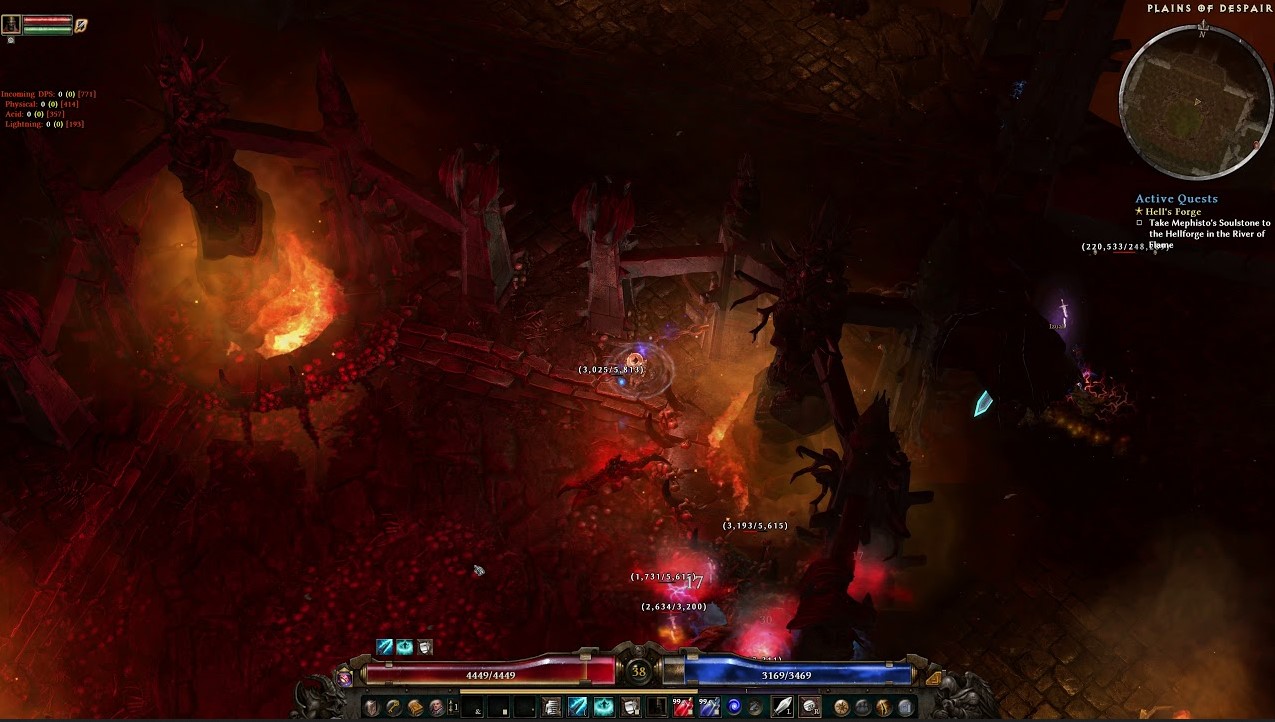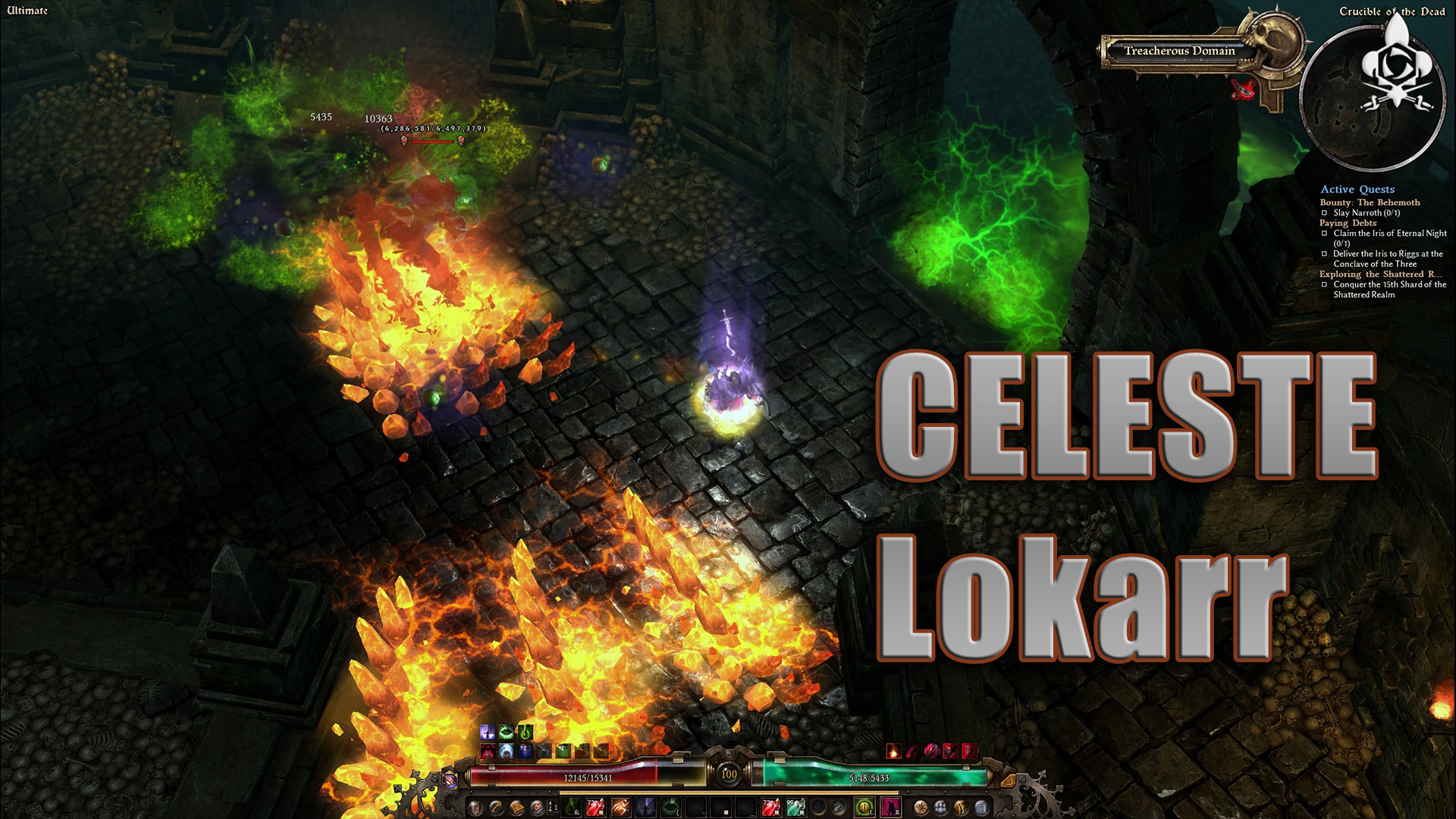
"There’s a million-plus people who bought Titan Quest who want something new," he says.

With access to that underlying feature, Bruno was confident that he could create something that would feed the hunger for a new PC action RPG. “Unlike a typical publishing deal,” he says, “THQ owned all the art, animations, and IP, but Iron Lore still owned the code base."

Though he himself wanted to keep working on action RPGs after his time on the Titan Quest, his first real step in bringing Grim Dawn to life was in realizing that his former colleagues who ran Iron Lore studios still owned the rights to the Titan Quest engine.

Still, the success of Grim Dawn demonstrates why this model of game development works, and what conditions developers need to pay attention to if they want to succeed with a "spiritual successor." Getting the band back together (then losing them again)īruno emphasizes that Grim Dawn isn’t entirely an ex-Iron Lore developers project. At first glance, the trajectory of Diablo-inspired Grim Dawn looks like the now-familiar "spiritual successor" scenario, in which fans rally to fund a project that promises to get the band back together and recapture the magic of a classic PC game, even if it doesn't have access to the original property (see: Broken Age, Pillars of Eternity, etc.).īut Grim Dawn is not exactly like those other spiritual successors. As Arthur Bruno, CEO of Crate and former lead designer at Iron Lore, tells it, Grim Dawn’s development process began long before Kickstarter existed. And thanks to Titan Quest's unusual publishing deal with THQ, Grim Dawn was built on the same game engine as the title that inspired it.


 0 kommentar(er)
0 kommentar(er)
